
#1 Best Way to Lower Blood Pressure Naturally and Fast

High blood pressure, also known as hypertension, is one of the most common yet dangerous health conditions worldwide. If left unmanaged, it can lead to serious complications such as strokes, heart attacks, and kidney disease. Fortunately, you don’t always need medication to begin improving your blood pressure. Simple, natural methods—when done consistently—can make a remarkable difference in just a short amount of time.
In this article, we’ll explore three effective techniques for lowering blood pressure quickly and naturally, as well as long-term lifestyle strategies to keep it at healthy levels.
Key Takeaways
-
Breathing exercises can significantly reduce blood pressure and promote relaxation.
-
Isometric exercises, like hand-grip training, offer fast and measurable results.
-
Identifying and addressing root causes is essential for sustainable, long-term heart health.
Understanding Blood Pressure
Blood pressure is the force your blood exerts against the walls of your arteries as your heart pumps it through your body. It’s influenced by three main factors:
-
Blood Volume – The total amount of blood circulating in your system.
-
Heart Rate – The number of times your heart beats per minute.
-
Peripheral Resistance – How stiff or narrow your arteries are.
When any of these factors rise—such as increased blood volume, a rapid heart rate, or hardened arteries—your blood pressure increases. Think of your arteries like flexible garden hoses: if they become narrower or less elastic, pressure naturally builds up.
Quick Ways to Lower Blood Pressure
Let’s look at three practical methods you can start using today to lower your blood pressure quickly and effectively.
1. Breathing Exercises
Breathing exercises are one of the simplest yet most powerful tools for reducing blood pressure. Research shows that slow, controlled breathing can lower systolic blood pressure by up to 10 points in some individuals.
Try the 4-4-8 Breathing Technique:
-
Inhale deeply through your nose for 4 seconds.
-
Hold your breath for 4 seconds.
-
Exhale slowly through your mouth for 8 seconds.
This practice helps slow your heart rate, calm your nervous system, and relax your blood vessels—all of which contribute to lower blood pressure. For best results, aim for 6–10 deep breaths per minute for about 5–10 minutes daily.
You can do this while sitting at your desk, before bed, or whenever you feel stressed. Over time, consistent practice not only helps reduce blood pressure but also improves overall emotional well-being.
2. Isometric Exercises
Isometric exercises involve contracting your muscles without moving your joints. They don’t require equipment or a gym, making them perfect for quick at-home routines.
The Hand-Grip Exercise:
-
Use a dynamometer or a soft stress ball/pillow.
-
Squeeze using about 20–30% of your maximum strength and hold for 2 minutes.
-
Rest for 1–3 minutes and repeat 2–3 times.
Studies show this can reduce systolic blood pressure (the top number) and improve vascular function. While isometric exercises aren’t ideal for building muscle mass, they’re excellent for supporting cardiovascular health, especially for people with limited mobility or time.
To make it even more effective, practice these exercises several times a week while maintaining good posture and steady breathing.
3. Identify and Address Root Causes
While quick fixes can help in the short term, lasting results depend on finding and addressing the underlying causes of high blood pressure. One of the most common culprits is metabolic dysfunction, including insulin resistance, obesity, and type 2 diabetes.
Consider making these key lifestyle changes:
-
Avoid Smoking: Nicotine constricts blood vessels and raises blood pressure almost instantly.
-
Limit Alcohol: Too much alcohol can damage blood vessels and increase blood pressure.
-
Eat a Whole-Food Diet: Focus on vegetables, lean protein, whole grains, and healthy fats while minimizing processed foods and added sugars.
-
Maintain a Healthy Weight: Even a small weight loss can significantly reduce blood pressure.
Long-Term Strategies for Healthy Blood Pressure
Once you’ve lowered your blood pressure, the next step is keeping it stable. Here are four strategies that can help ensure lasting results.
1. Make Smart Dietary Changes
-
Low-Carb Diet: Reducing processed carbohydrates helps stabilize blood sugar and insulin levels, which in turn supports healthy blood pressure. Choose foods with a low glycemic index (under 55) such as lentils, nuts, and non-starchy vegetables.
-
The DASH Diet: The Dietary Approaches to Stop Hypertension plan emphasizes fruits, vegetables, whole grains, and low-fat dairy, while limiting sodium and red meat. It’s one of the most scientifically supported diets for lowering blood pressure.
-
Stay Hydrated: Proper hydration supports blood vessel function and helps your body regulate pressure naturally.
2. Exercise Regularly
Aim for at least 30 minutes of physical activity most days of the week. A mix of:
-
Aerobic exercises (walking, swimming, cycling)
-
Resistance training (light weights or bodyweight workouts)
-
HIIT (High-Intensity Interval Training) for those who are more advanced
Exercise not only lowers blood pressure but also strengthens your heart, improves insulin sensitivity, and reduces stress.
3. Improve Sleep Quality
Poor sleep can dramatically affect blood pressure. Aim for 7–9 hours of restful sleep per night. To enhance sleep quality:
-
Keep a consistent sleep schedule.
-
Avoid screens at least 30 minutes before bed.
-
Create a calm, dark sleeping environment.
For deeper insights, consider reading Why We Sleep by Matthew Walker—a fantastic resource for understanding how sleep impacts health.
4. Manage Stress Effectively
Chronic stress is a hidden driver of hypertension. Try stress-reducing practices such as:
-
Meditation or mindfulness
-
Yoga or tai chi
-
Nature walks or journaling
Identify what triggers your stress—whether it’s work pressure, financial strain, or personal challenges—and take small steps to address it. Emotional health is just as vital as physical wellness in managing blood pressure.
The Importance of Monitoring Blood Pressure
If you experience white-coat hypertension (high readings only in medical settings), it’s wise to track your blood pressure at home. Regular monitoring provides a more accurate picture of your true average levels. Keep a log of your readings and share them with your doctor to tailor your treatment or lifestyle plan.
Supplements That May Support Healthy Blood Pressure
While lifestyle habits are the foundation of blood pressure control, certain supplements can offer additional benefits:
-
Vitamin C (500 mg daily): Can lower systolic blood pressure by about 3 points.
-
Garlic Extract (300–960 mg daily): Helps relax blood vessels and improve circulation.
-
Citrulline (3–9 g daily): Boosts nitric oxide levels, enhancing blood flow.
-
Magnesium: Supports muscle relaxation and can modestly reduce blood pressure in some individuals.
Always consult your healthcare provider before starting any supplement, especially if you are taking prescription medications.
Final Thoughts
Lowering blood pressure naturally is entirely achievable through small, consistent changes. By incorporating deep breathing techniques, isometric exercises, and healthy lifestyle habits, you can take meaningful control of your cardiovascular health.
Remember, progress takes time. Be patient with yourself and celebrate small victories along the way. Consistency, awareness, and balanced living are the true keys to a stronger heart and a longer, healthier life.
Your heart will thank you. ❤️
News in the same category

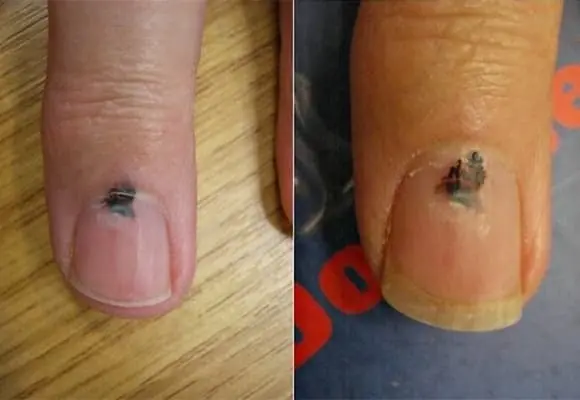
6 Body Parts That Turn Black May Signal Cancer — Don’t Ignore Them

The Amazing Power of Caesalpinia pulcherrima (Peacock Flower)
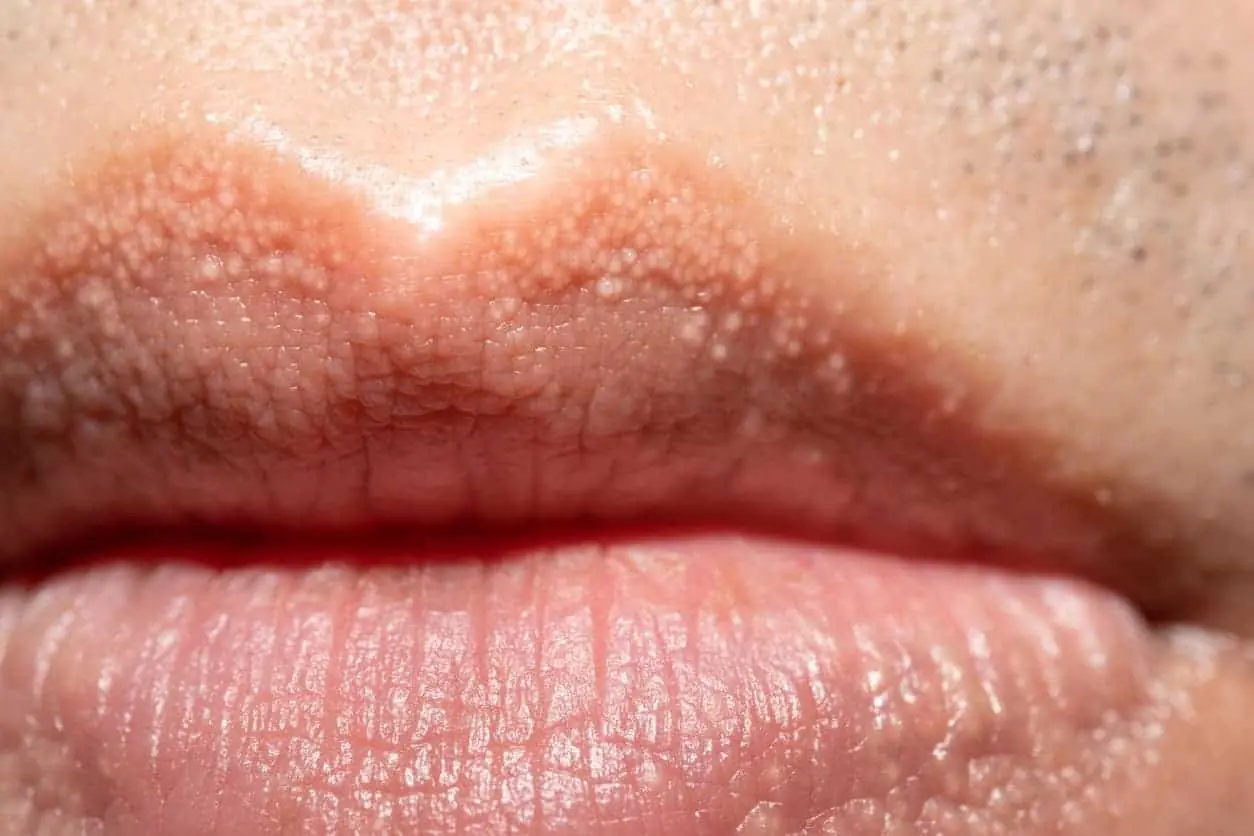
White Bumps or Spots on Lips: Causes and Effective Treatments

Corn Silk: 30 Health Benefits and How to Use It
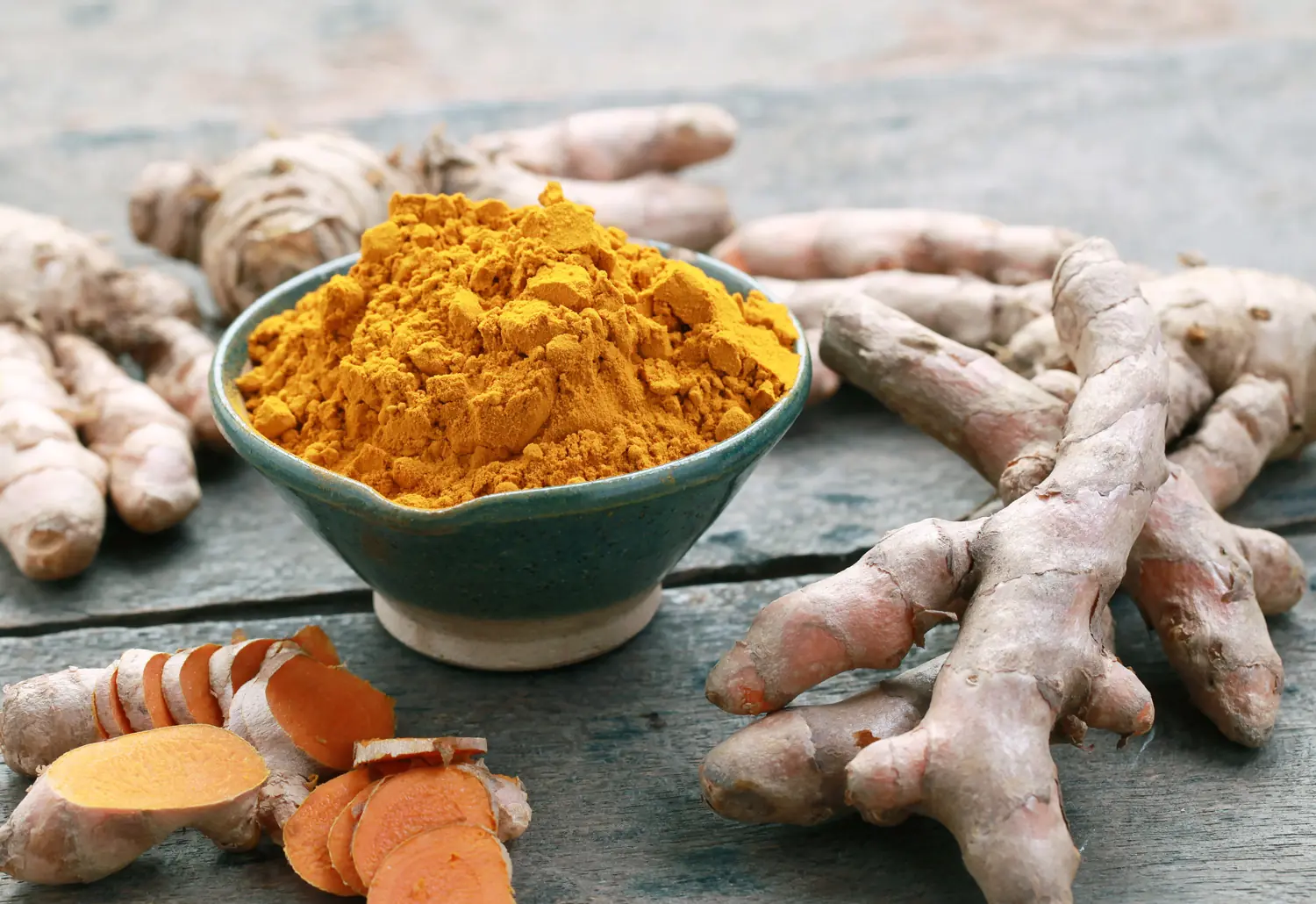
Turmeric Dosage: How Much You Actually Need for Arthritis, Cancer, and Other Diseases

Better Than Medicine? The Shocking Truth About Dates & Blood Sugar!
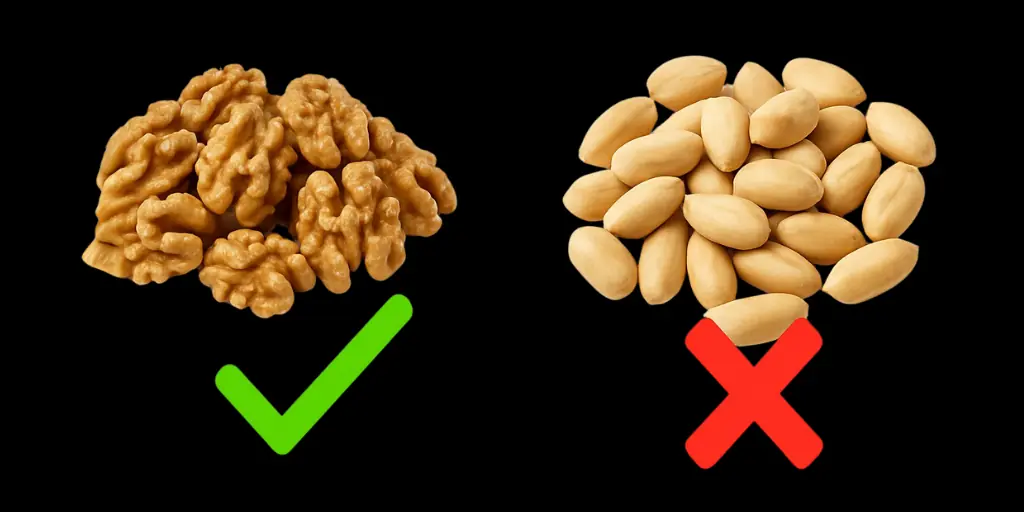
7 Nuts You Should Eat for Better Health (and the #1 Nut You Should NEVER Touch)
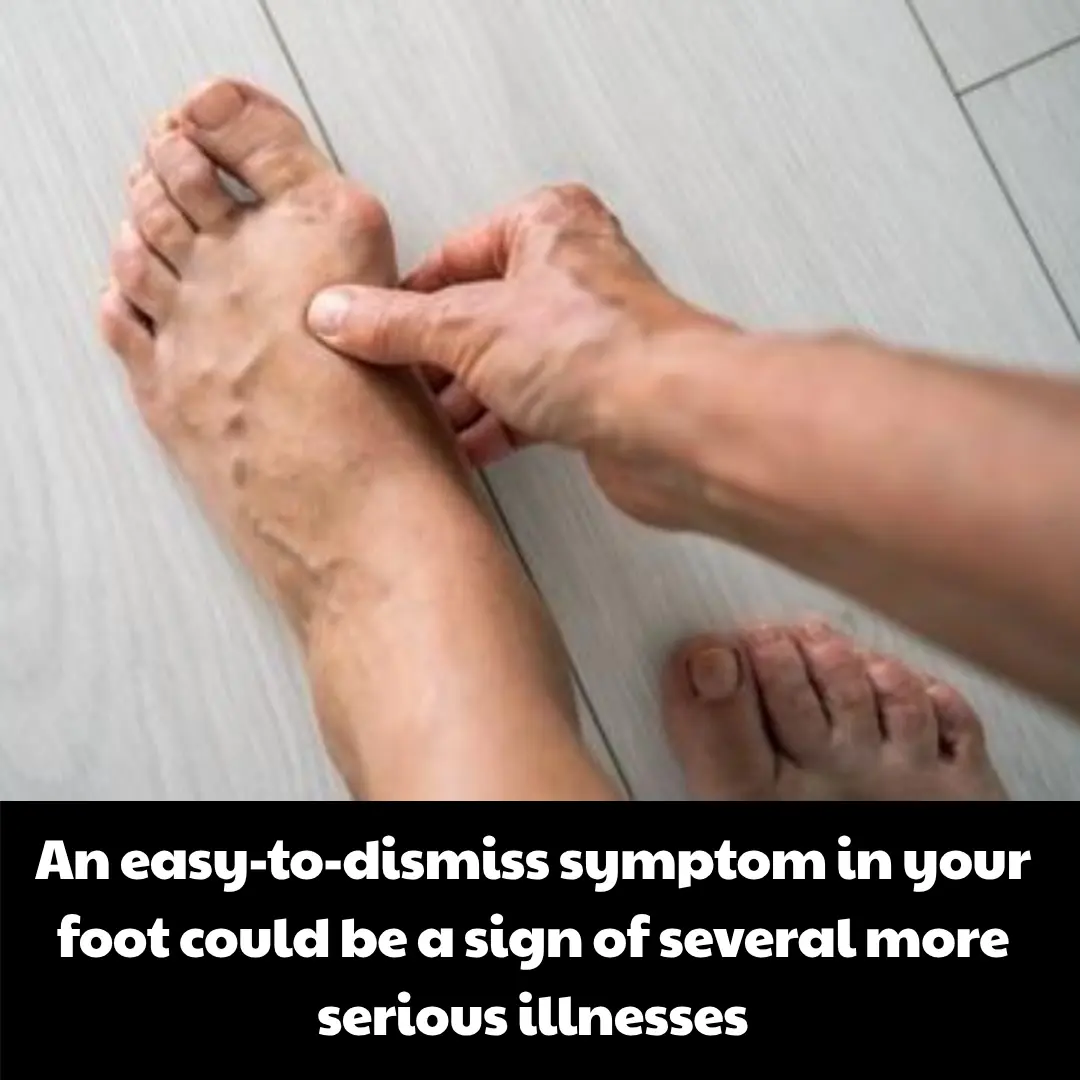
An easy-to-dismiss symptom in your foot could be a sign of several more serious illnesses

Doctor reveals 5 powerful snacks that help your body fight cancer and disease
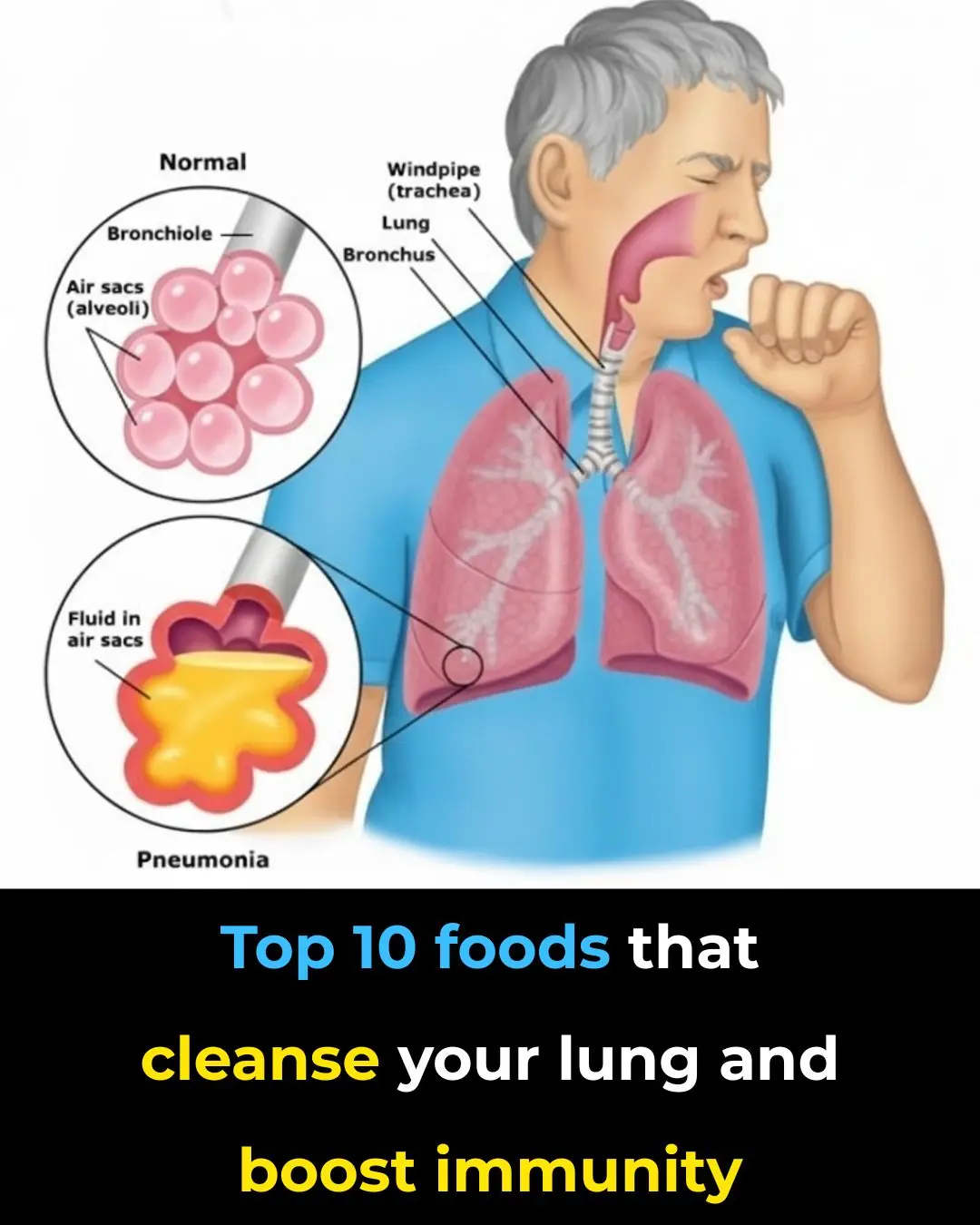
The Most Effective Foods to Cleanse your Lungs (Research Based)

Starve cancer cells: the ultimate guide to foods that fight and feed cancer
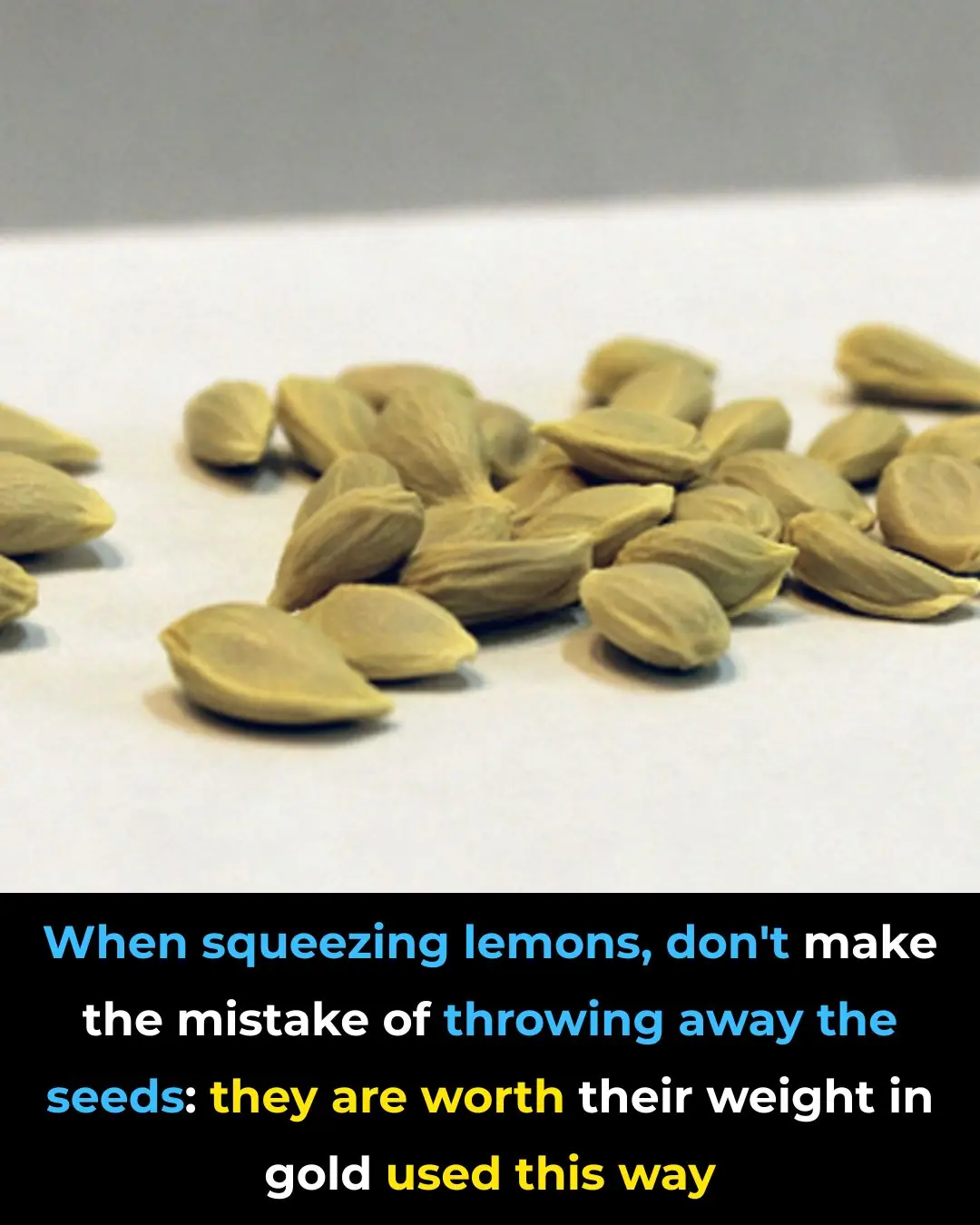
🍋 Don’t Throw Away Lemon Seeds & Peels — Here’s How to Use Them Safely

Carrot, Ginger Juice Recipe Drink this regularly and you'll notice incredible changes in your body: 5 amazing benefits of this beverage 👇
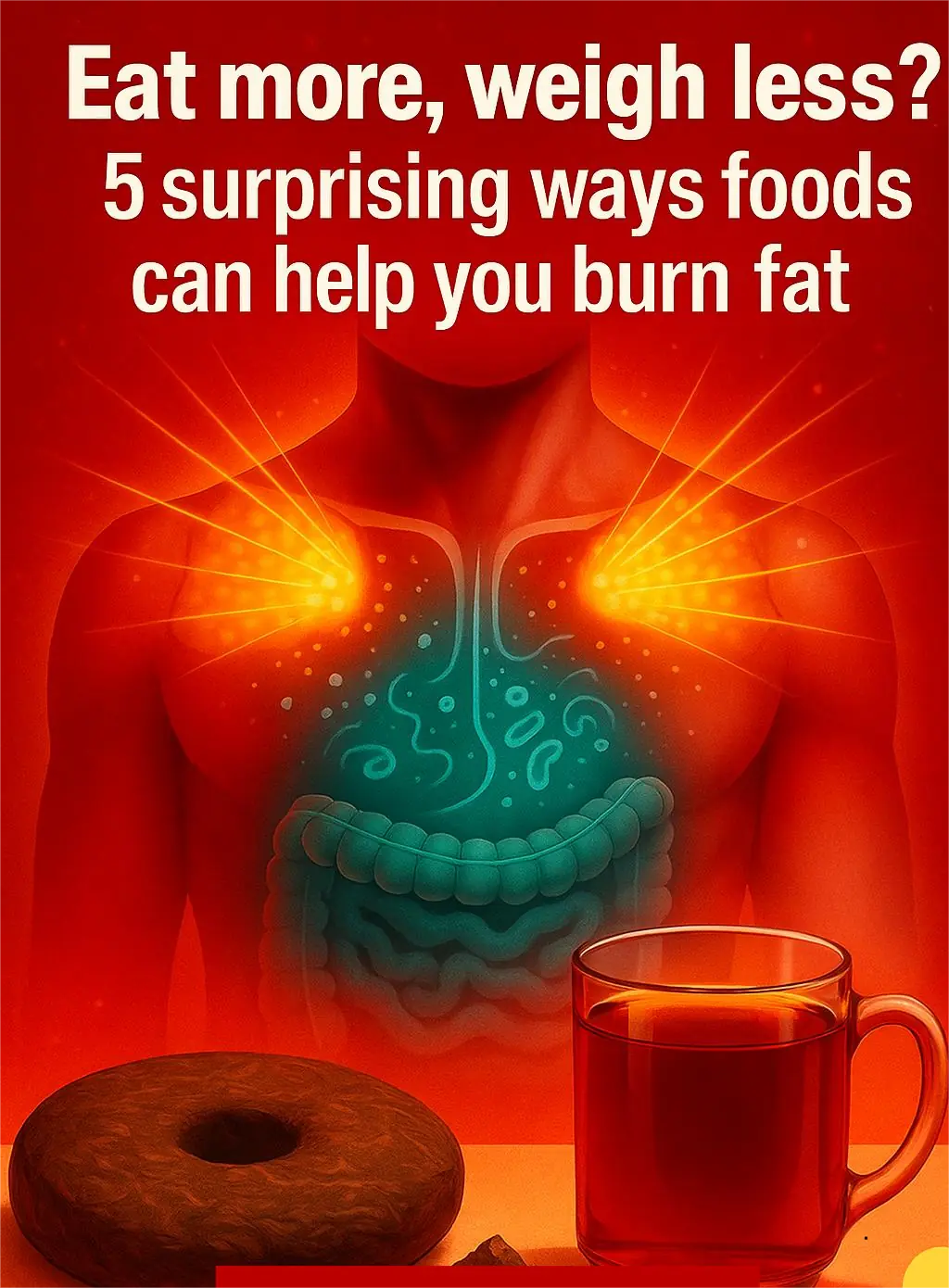
Eat more, weigh less? 5 surprising ways foods can help you burn fat
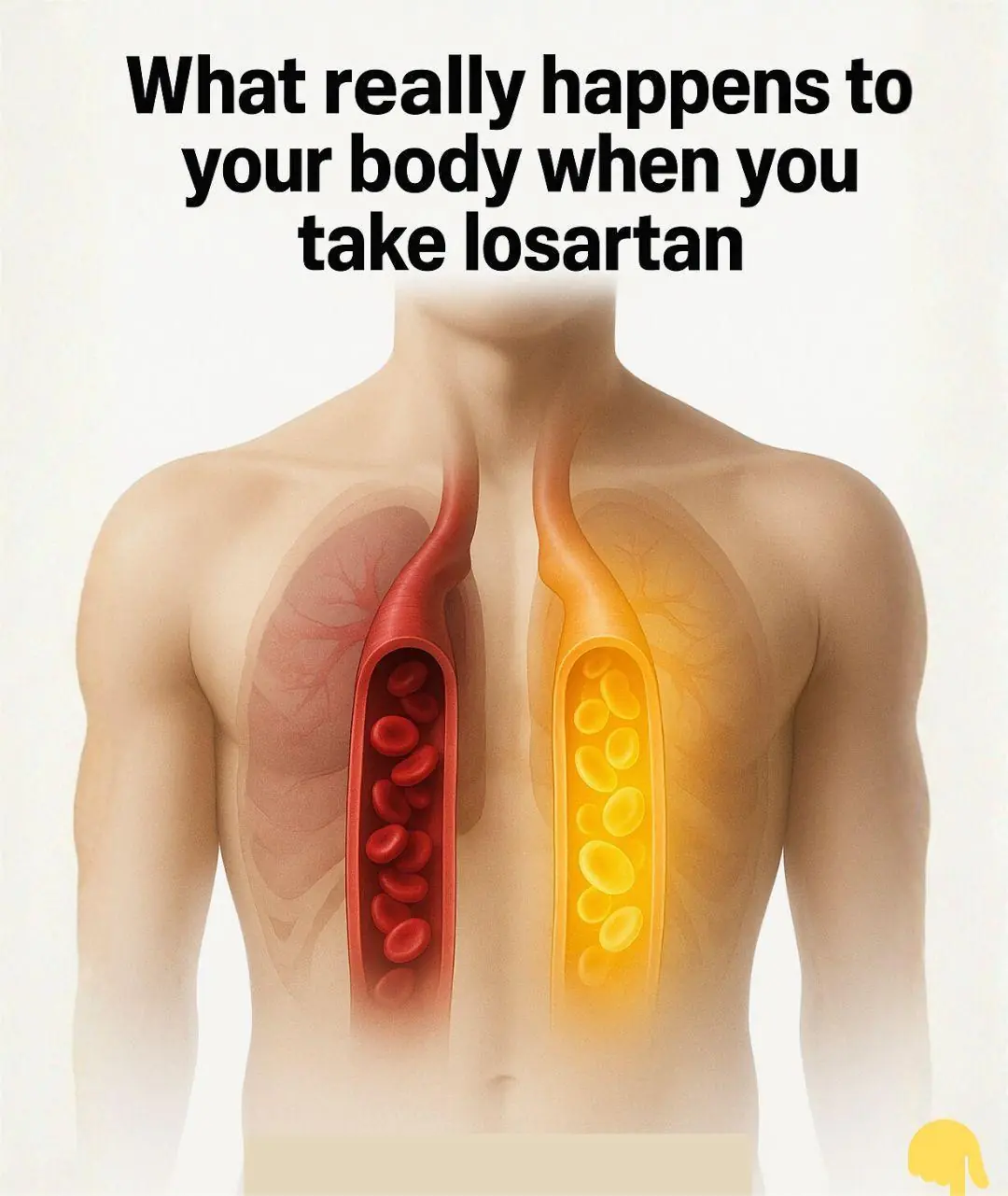
What really happens to your body when you take LOSARTAN
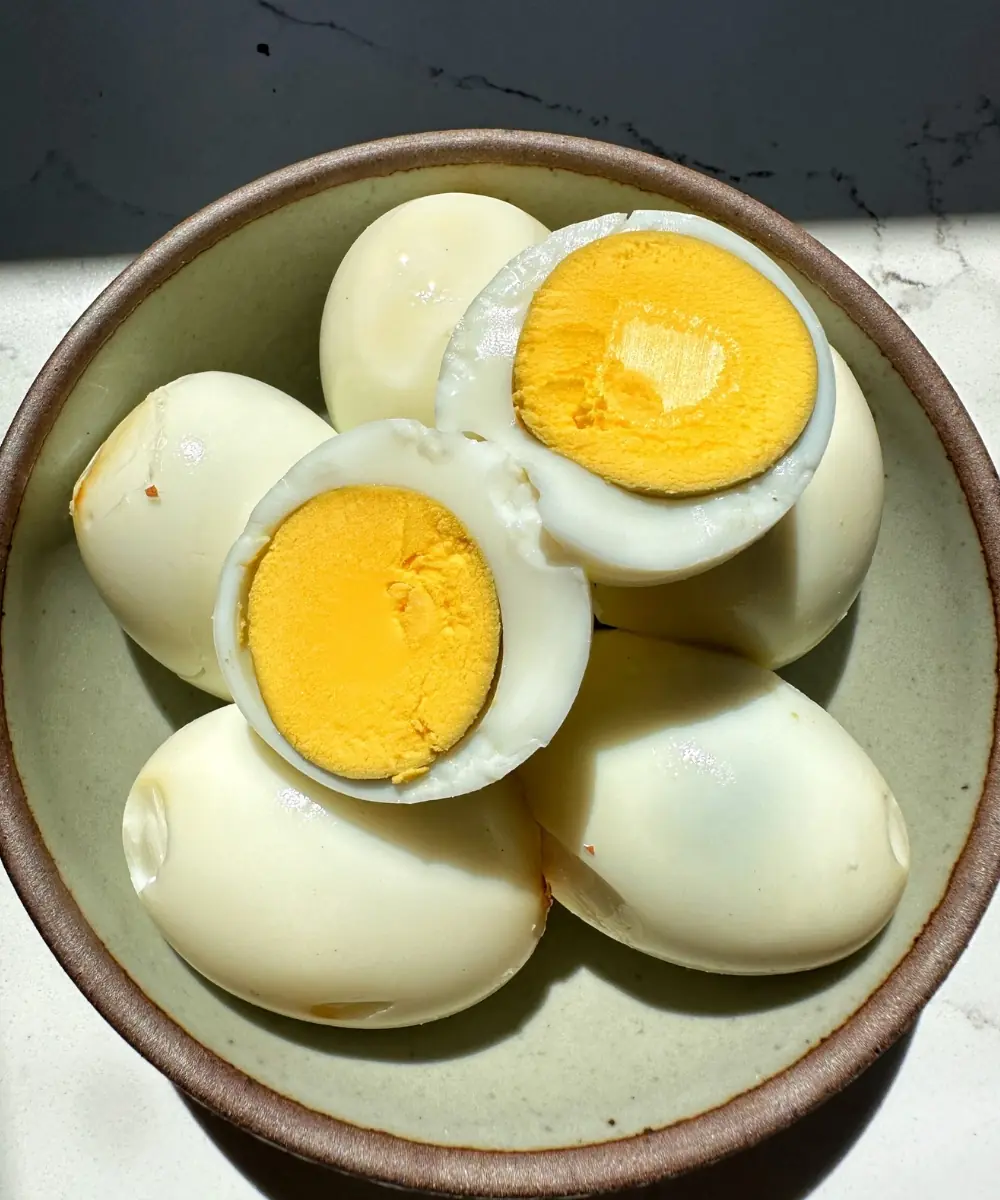
Stop Eating Eggs Immediately If Your Body Shows These 8 Signs

Sarcopenia: Causes of Muscle Loss and How to Regain Strength
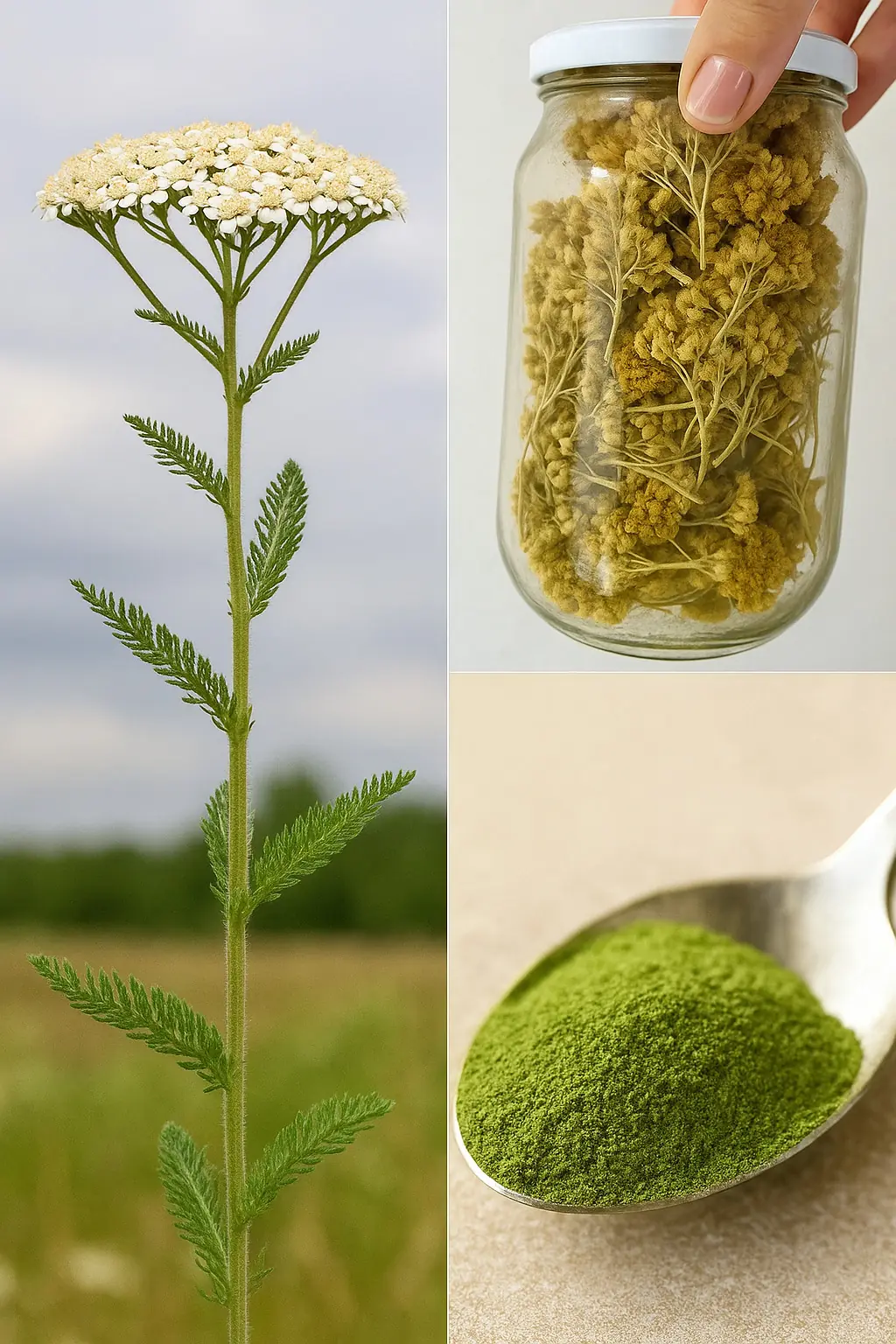
Yarrow: A Timeless Herbal Ally with Amazing Health Benefits
News Post

‘They Described a Man I Never Met’: Comedian Roy Wood Jr. Tells Shannon Sharpe He Learned To Love Watching How His Absent Dad Treated Another Family

This Brewery Is The Only Black-Owned Brewery In New York Brewing Its Beer On-Site

Joseph Deng Makes History as First Player From South Sudan to Sign a Professional MLB Contract

Meet The Specks, the Black Brother-Sister Duo Who Invented the Potato Chip

Meet Mr. & Mrs. Grady, Owners Of North Carolina’s Only Black-Owned Whole Hog Barbecue Smokehouse

Negro History Week: Here’s the True Story Behind Black History Month

Buckingham Palace statement in full as King Charles removes Prince Andrew’s title

Has the Bermuda Triangle Mystery Finally Been Solved

Put the entire roll of toilet paper in the refrigerator

4 Types of Shoulder Pain That May Signal Dangerous Cancer — Don’t Mistake Them for Simple Joint Problems

6 Body Parts That Turn Black May Signal Cancer — Don’t Ignore Them

Serrated Leaf Motherwort: A Precious Herb with Many Benefits

Banana flowers and their little-known uses

Eat these 5 fruits to avoid magnesium deficiency, keep your heart healthy and your bones strong.

The Amazing Power of Caesalpinia pulcherrima (Peacock Flower)

White Bumps or Spots on Lips: Causes and Effective Treatments

Corn Silk: 30 Health Benefits and How to Use It

Turmeric Dosage: How Much You Actually Need for Arthritis, Cancer, and Other Diseases

Better Than Medicine? The Shocking Truth About Dates & Blood Sugar!
